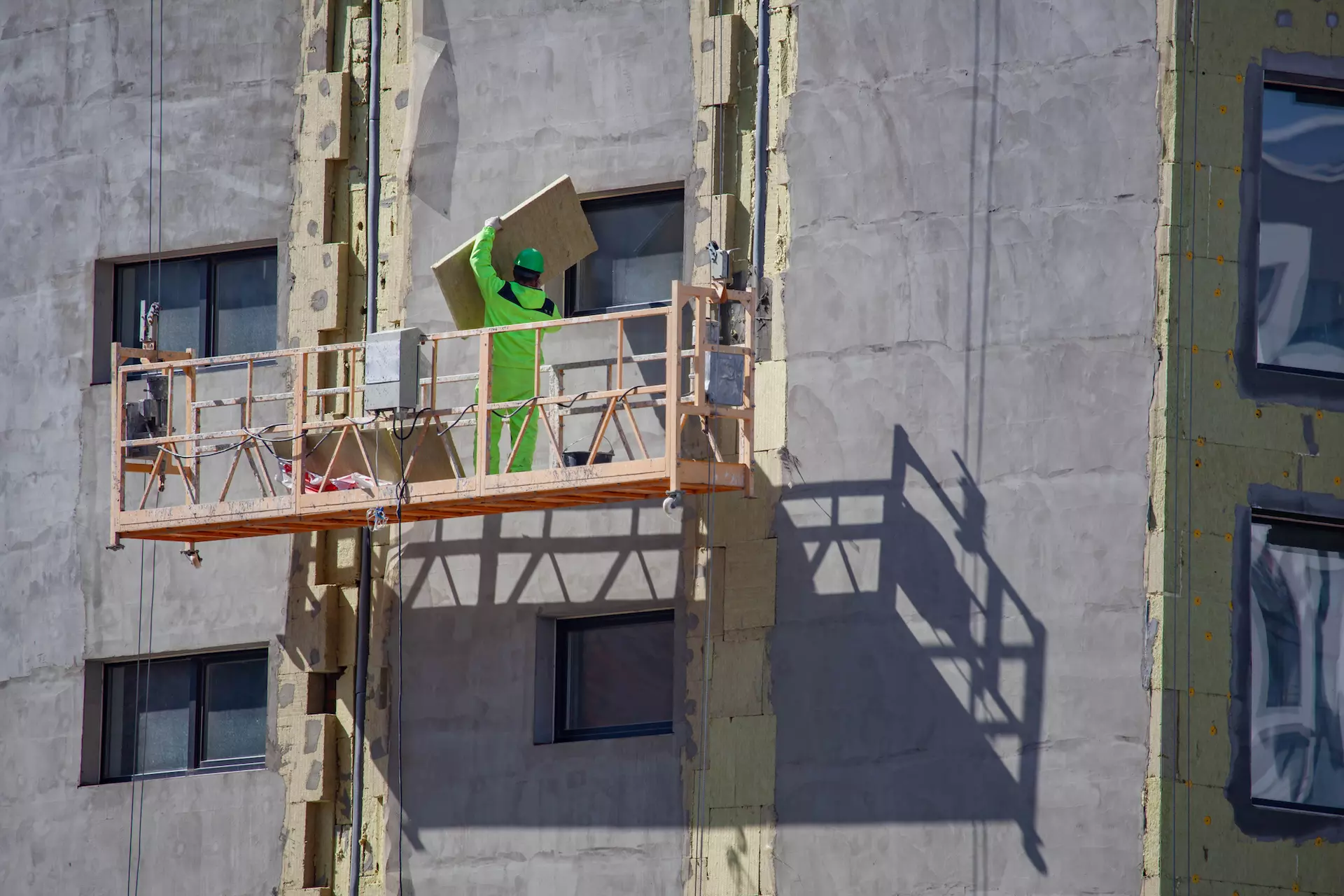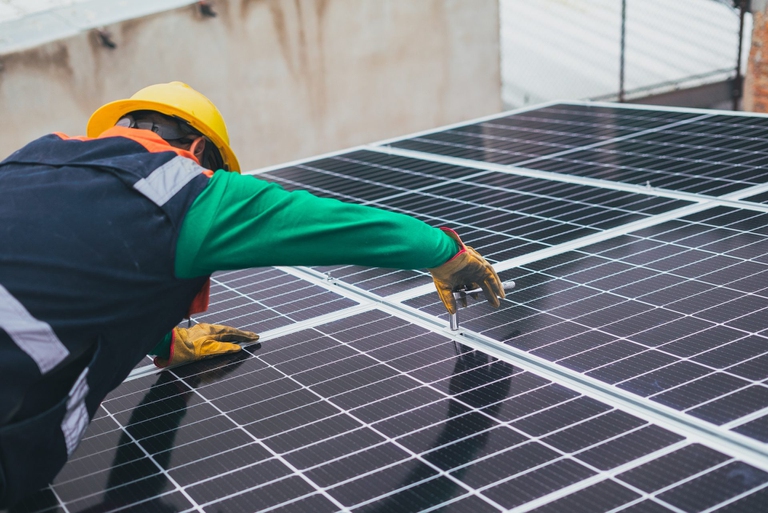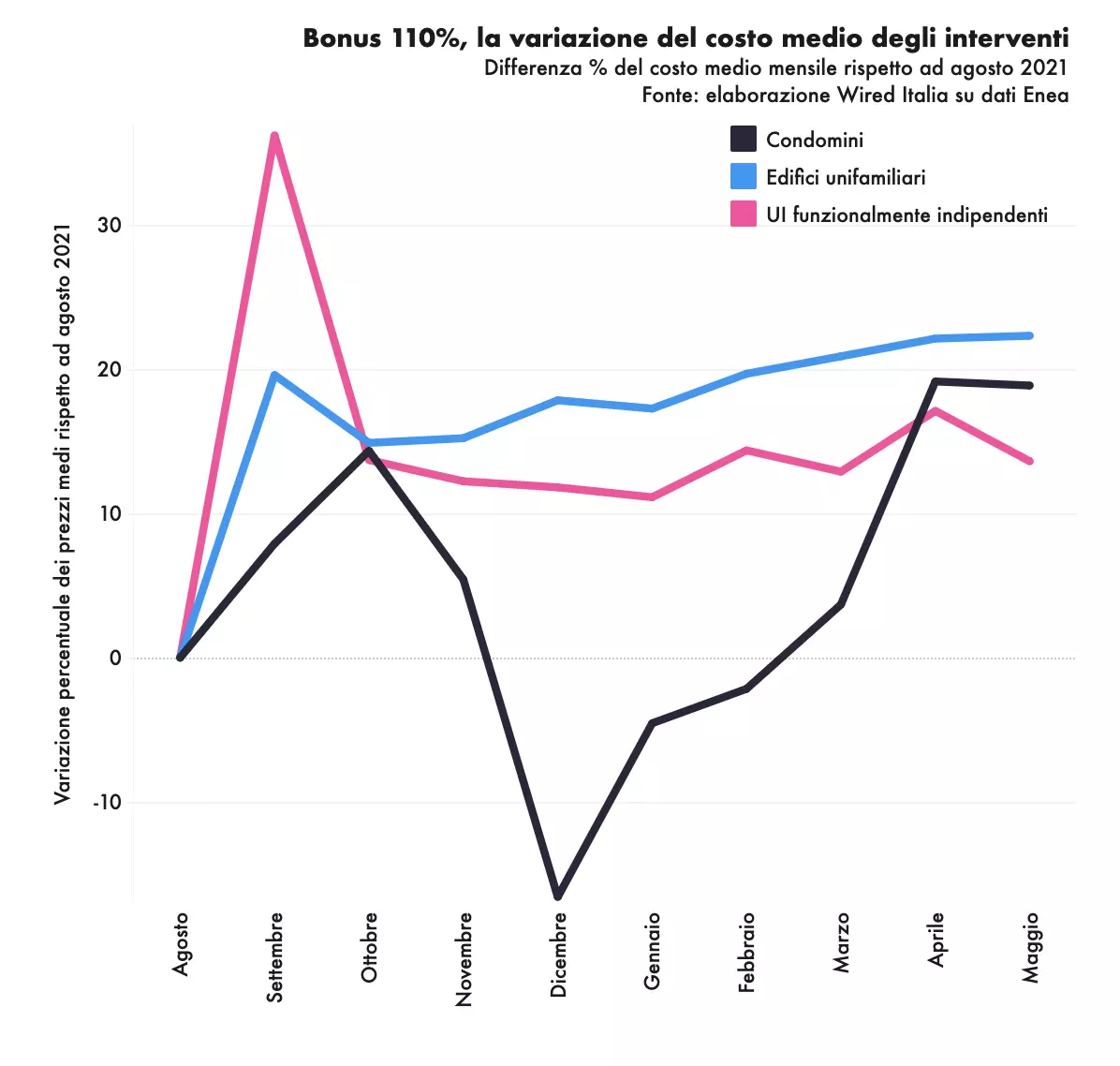https://www.lifegate.it/superbonus
- |
The Italian government has recently modified the tax break known as Super bonus 110 percent, an incentive introduced by the Conte bis government in 2020 – supported by the 5 Star Movement and Democratic Party – to promote the energy requalification of buildings.The idea behind this incentive was to facilitate the renovation of houses and condominiums, increasing energy efficiency.
I am almost three years have passed since its introduction and beyond the objective difficulties caused by the political and fiscal confusion around this benefit, it is necessary to take stock of what can currently be considered the largest tax incentive in the sector.

What is the superbonus, in short
Let us briefly recall how it works:those who have ventured - it is worth saying - to renovate their home can find themselves covered 110 percent of the value of the expense.So, to give an example, if the renovation works amount to 100 thousand euros, the tax credit generated is 110 thousand.To be able to receive this emolument, the homeowner originally had three methods:
- there Before, more linear, is to collect the benefit via the deductions tax (the state reimburses the owners in the form of a deduction from taxes paid in subsequent years);
- there second is represented by discount on invoice, therefore in a discount directly applied by suppliers and companies who could then take on the owners' tax credit to subsequently recover it from the state in the form of a tax deduction or transfer it to other intermediaries to immediately recover the money;
- there third modality, however, was the assignment of credit, which allows property owners to transfer the tax deduction to banks, institutions or professionals (who applied a percentage:some bought the credit at 90 percent, some at 95, some at 99).
The superbonus 3 years later:72 billion euros spent
With a law decree, the Meloni government has sanctioned the end of the third modality (but different negotiations are at the table alternative solutions), mainly due to the risk of fraud and due to the excessive cost borne by the state.Indeed, they were 120 billion euros spent on building bonuses, around 6 percentage points of the gross domestic product (GDP), double the resources used to deal with the most serious energy crisis of the last 50 years, and which have produced around 50 billion in budget holes.The superbonus, alone, it is worth 71.8 billion euros, second the most updated data of the National Agency for new technologies, energy and sustainable economic development (ENEA).
The block on the sale has sown panic among businesses and individual owners:for businesses because, according to data from An undertaking, the blocking of the transfer of credit it would create a stalemate of 90 thousand construction sites, effectively blocking 15 billion euros in incentives;for individual owners, however, because they are the ones who owe it advance the money, without having the guarantee of being able to get them back from the banks, which are the main subject to have purchased the credit from private individuals.
Which works were encouraged by the superbonus
As mentioned, beyond the political errors that led to this situation (such as not having set any limits for accessing the bonus and not having started a minimum level of control), after three years, it is time to take an overall assessment of this building bonus, too with respect to its effectiveness as an environmental policy instrument.The first issue concerns redeveloped buildings:just 372 thousand, including single-family or semi-detached houses and condominiums.This data represents only 3.1 percent of Italian residential buildings, which overall are 12.1 million.In short, a high cost for the state for the benefit of a few.
Among the most frequent jobs carried out with the superbonus were theinstallation of solar panels, the replacement of fixtures (window bonuses), improving thermal insulation and replacing the heating system with more efficient systems (heat pump or hybrid boilers).A positive fact is precisely that relating to photovoltaics:second Gse data, during 2022 in Italy 137 thousand photovoltaic systems benefited from the super bonus, i.e. 66 percent of those connected during the year, for 1,117 megawatt hours of power.
In short, two out of three systems were installed thanks to the superbonus.The heat pump market is also constantly growing, thanks to tax breaks:in 2021 the jump was 64 percent more, in 2021 it was 37 (source European heat pump association).Furthermore, according to a study Nomisma, families living in construction sites that have already been completed will be able to save almost 1000 euros on their bills (964 euros, to be precise) per year.

The emissions balance
Yet the data from photovoltaics and heat pumps they are not enough to justify such a high expense, considering the fact that the implicit cost of reducing emissions, calculated in euros per ton, in this case exceeded the average:according to an in-depth study published by Carlo Amenta in the magazine Energia, this cost of reducing CO2 through investments financed by the superbonus (but not necessarily caused by it) is 170-210 euros per ton.Without relief, the abatement level is around 70 euros, while the historical average is less than 20 euros.
Furthermore, according to the report on the state of the green economy of the Foundation for Sustainable Development, the incentive allowed consumption to be reduced by only a few tenths of a point.“Unfortunately, the impact of the super bonus on energy consumption, in the face of very important investments, was actually very limited – we read in the report – overall less than 200,000 toe were saved (toe is the acronym for tonne of oil equivalent, nda) as of 31 December 2021, less than 0.5 percent of the sector's energy consumption".
A benefit for a few
In addition to the limited benefits in terms of reduction of emissions, the original version of the measurement showed a strong imbalance favoring mainly the wealthier social groups.It is true that from the beginning the super bonus was aimed at those who owned a house, without income limits and cutting out the entire category of renters (who, however, were partly indirectly involved through the renovation of condominiums).Now, however, without the transfer of credit, the owners risk... deal with unforeseen expenses, except for those who can deduct these credits.
But here too, we are talking about very high figures to be able to be "discharged" by a normal worker:“By eliminating the possibility of discounting on the invoice and the transfer of credit, the possibility of benefiting from the measure is limited to so-called capable taxpayers only”, explained the economist and editor of LaVoce.info Leonzio Rizzo.In fact, the law decree provides that one can only benefit from the deduction (currently 90 percent of the expenses for the superbonus) spread over four years.“All those who have low incomes and pay little tax would not be able to discount their expenses and therefore benefit from the relief.”
To give an example, with an expense of 100 thousand euros, in order to be able to deduct the entire amount (which, let's remember, must be divided into four years of deductions), an employee should have an income of at least 69 thousand euros.All things considered, only 4 percent of Italian workers could benefit from the full deduction, while the remaining 96 percent would lose part of it, in proportion to their income.In short, the less you earn, the less you can deduct:the concept of “capacity”.

Redevelopment:what Europe says
Even at a European level, the topic of energy requalification is at the center of the debate:the ITRE Commission (Industry, research and energy committee) has proposed a revision of theEnergy performance of buildings directive (EPBD), the directive on the energy efficiency of buildings, according to which from 2028 all newly built properties will have to be zero-emission (which becomes 2026 for public buildings).
All new buildings will have to be equipped with solar technologies by 2028, but the obligation applies only "where technically suitable and economically feasible", while residential buildings undergoing renovation have until 2032 to comply and must reach at least energy performance class E by 2030 and D by 2033.Non-residential and public buildings are expected to reach the same classes by 2027 and 2030 respectively.Monumental buildings are excluded from this regulation.
The bill will be submitted to the vote of the parliamentary assembly during the March plenary session and will become the European Parliament's negotiating position.MEPs will then start negotiations with the Council to agree on the final form of the bill.
One thing is certain:Now it costs more to renovate
Among the negative aspects, as well as having facilitated fraud (9 billion of the total would be represented by proven scams against the state:it is a figure to be taken with caution given that does not find a response in the data made publicly available by the financial police and the revenue agency) and the proliferation of numerous small and often improvised construction companies, to the detriment of workplace safety, the superbonus would also have negatively influenced the construction goods market, generating an increase in material prices And of restructuring interventions.
Last June, Wired magazine he calculated that the average cost of an intervention compared to August 2021 (therefore already in the post-pandemic period and with the superbonus in the early stages) was grew by 22.3 percent for single homes, 18.8 for condominiums and 13.6 for functionally independent units.At the time, the cost to the state had increased by 2.5 billion euros compared to market prices the year before.
However, this data is also interesting for another reason:the cost of an intervention (including labor and materials) it increased for everyone, in a general way and not only for those who benefited from the superbonus.And now that the Superbonus is no longer there - or at least not in its original form - it is clear how the incentives have "hidden" an increase in costs paid by the citizen.It is not certain that the construction sector will return to what it was before, so from now on renovating risks costing much more than when these incentives were not there.
